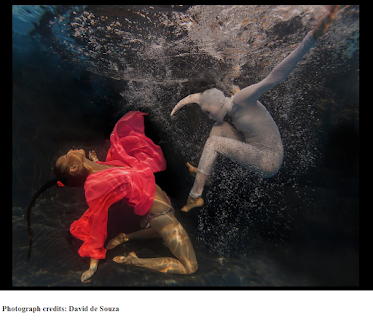The Cartoonist, the Conscience Keeper

The man engages his audience with candour and the humour that effortlessly emerges from it. Alexyz, the cartoonist and the fearless activist for any legitimate cause, will wake you up with his wit and a dash of laughter therapy should ennui impede your concentration. The Friday Balcao, an initiative that evolved in 1999 out of the need for information and discussions related to issues in Goa, hosted Alexyz on the first day of the Konkan Fruit Fest 2016. He spoke on the topic ‘Goa, Today and Tomorrow’ using the description of cartoons from his latest book O to be in Goa…Today as an insightful yet playful educative tool. Alexyz began with the monumental problem of alcoholism in Goa that shows no signs of abating. The cartoon declares that Goa is a government approved bar and restaurant. The chance for cheap liquor has tourists from other states heading in droves for Goa where the highest number of deaths are alcohol related. Goa Medical College records 300 deaths connected to alcohol








